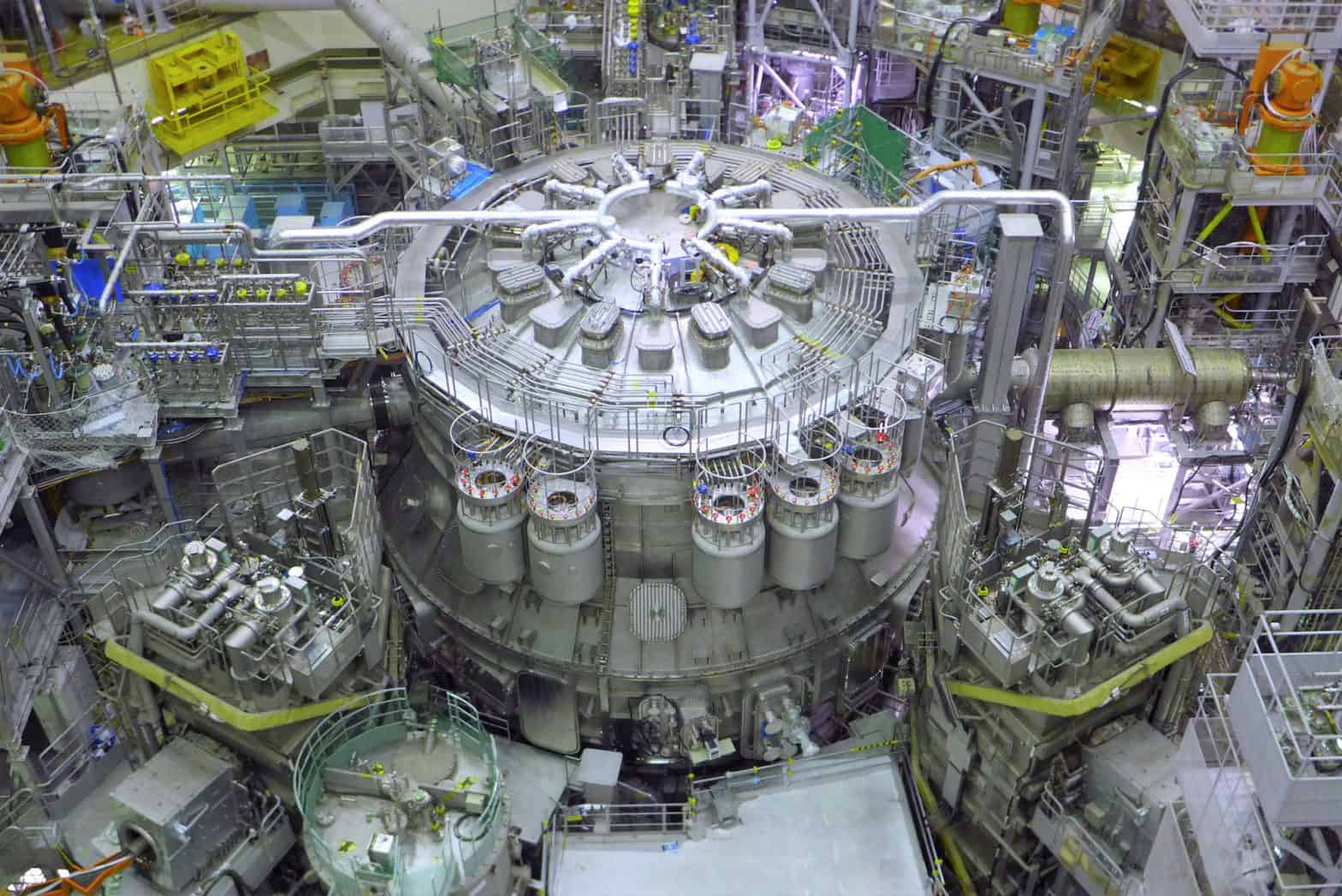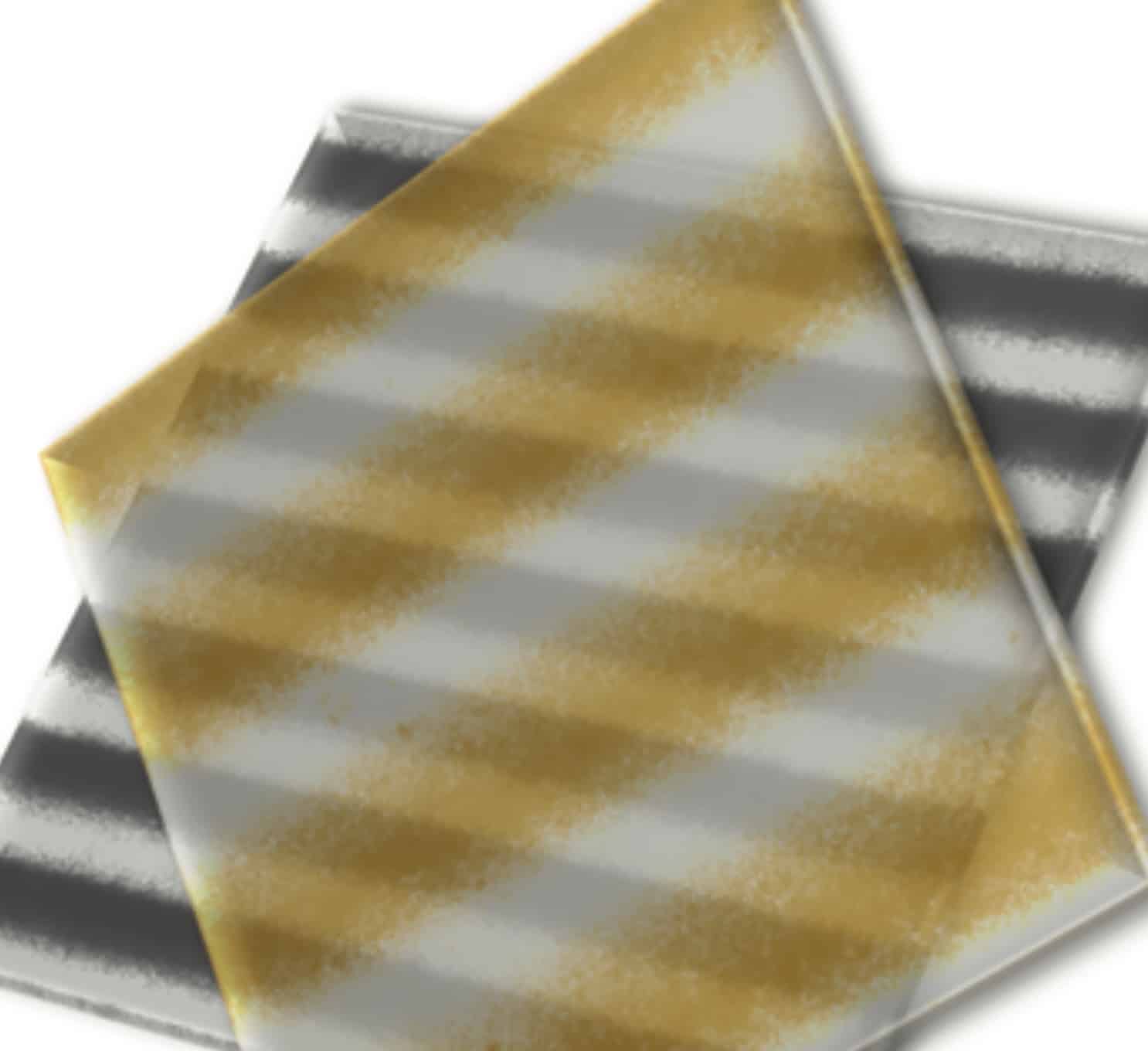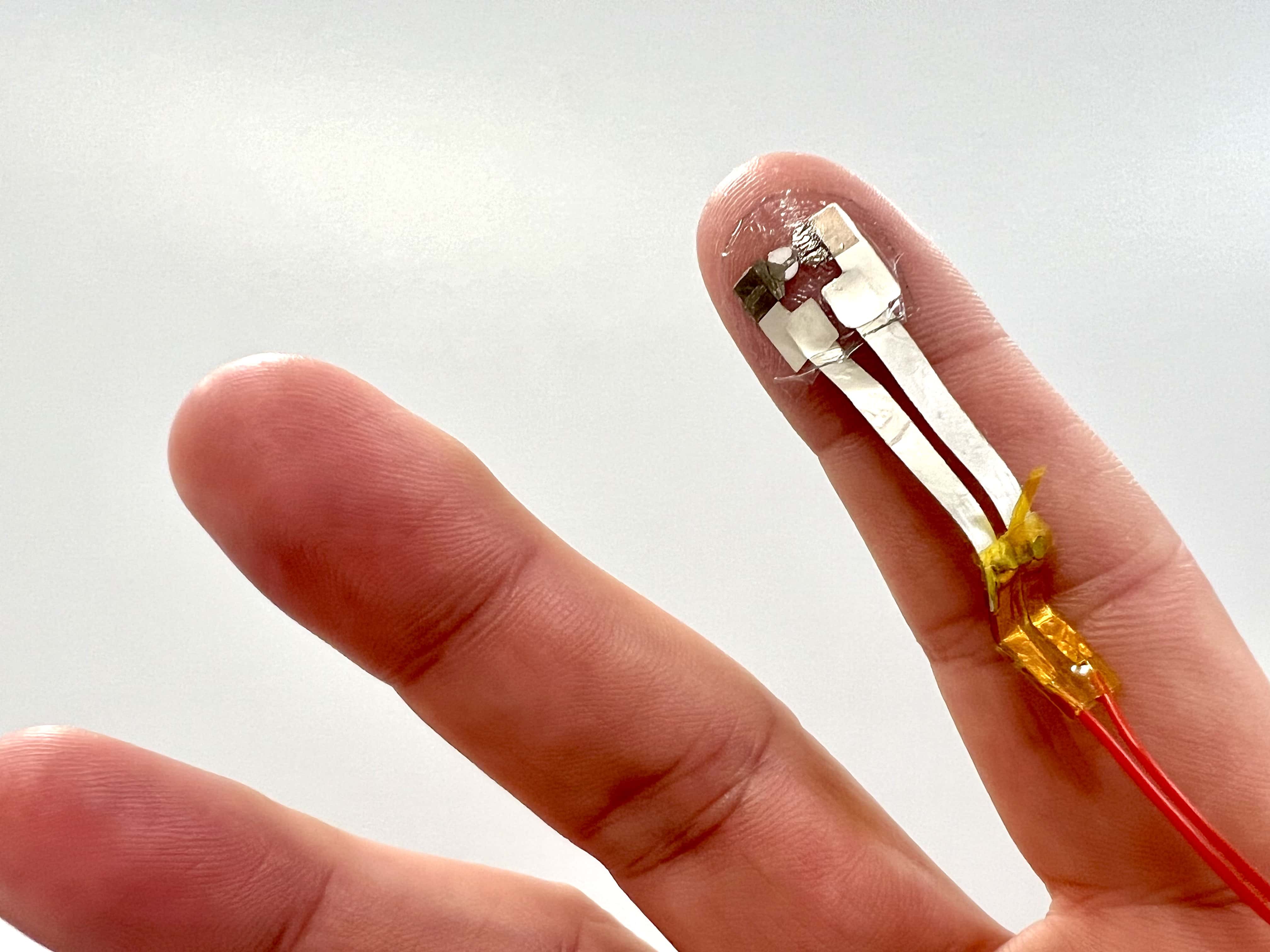
Scientists have achieved a groundbreaking feat with the development of bendable membranes using silicene, a remarkable 2D form of silicon known for its exceptional mechanical properties. By detaching silicene layers and transferring them onto flexible substrates, a new universe of integrated electronics is being made possible.
These membranes respond to mechanical deformations with a mesmerizing change in their Raman spectrum, holding immense potential for applications like strain sensors and wearable electronics. The integration of silicene into the lithographic process enables the creation of flexible, device-ready architectures, paving the way for fully silicon-compatible technology.
With thermal properties that vary based on microscale wrinkles, these membranes offer enhanced heat dispersion capabilities. This breakthrough opens up possibilities for flexible plasmonics and implantable robotic skin, promising a future where electronics seamlessly adapt to our needs.
- Scientists have developed bendable membranes using silicene.
- Silicene is akin to graphene in its single-atom-thick structure.
- Applications such as strain sensors, wearable electronics, and photonics can greatly benefit from this technology.
Understanding silicene: A new player in nanotechnology
Silicene, a two-dimensional (2D) allotrope of silicon, is akin to graphene in its single-atom-thick structure. However, unlike graphene’s flat honeycomb lattice, silicene adopts a slightly buckled formation, which endows the material with exciting electronic properties. This feature makes silicene a promising candidate for next-generation nanoelectronics, capable of integrating electronic, photonic, and straintronic functions.
The unique characteristic of silicene lies in its inherent flexibility. It’s this superior mechanical flexibility that allows the material to undergo macroscopic mechanical deformations while maintaining its structural integrity. This property is crucial in the creation of bendable membranes, a milestone that could revolutionize the world of integrated electronics.
The fabrication process: Making bendable membranes
The fabrication of bendable silicene membranes starts with the epitaxial growth of mono and multilayer silicene on Ag(111), a silver substrate. Here, silicene layers are detached from the native substrate and transferred onto flexible substrates through a meticulous process.
During this transfer, the silicene layers become fully detached, allowing for the formation of flexible membranes. This process is not only compatible with technological process standards, but it also allows for large-scale uniformity, an essential characteristic for future applications.
Strain-responsive behaviour: A key feature of silicene membranes
The application of macroscopic mechanical deformations to silicene membranes induces fascinating changes in their Raman spectrum. The Raman spectrum, a technique used in condensed matter physics and chemistry to study vibrational, rotational, and other low-frequency modes in a system, shows significant shifts when these deformations are applied. This strain-responsive behaviour opens up exciting possibilities for the development of strain sensors and other similar devices.

What’s more, the silicene membranes show a propensity to form microscale wrinkles when under elastic tension relaxation. These wrinkles serve as areas of local strain generation within the silicene layer, a phenomenon consistent with what is observed under macroscopic mechanical deformation.
Bendable silicene membranes: A technological marvel
The successful introduction of silicene membranes into a lithographic process flow, a commonly used technique in microfabrication, demonstrates their vast technological potential. This integration paves the way for the creation of flexible, device-ready architectures, including piezoresistors — resistors that change resistance with applied pressure, a key component in many sensing applications.
This technological marvel doesn’t end here. Optothermal Raman spectroscopy measurements reveal a curvature-dependent heat dispersion in silicene wrinkles. This discovery implies that the distribution and dissipation of heat in these membranes can be controlled, based on their curvature, a critical factor for the efficiency and lifespan of electronic devices.
Applications and potential of bendable silicene membranes
The bendable silicene membranes, with their superior mechanical properties and thermal characteristics, hold immense potential. They are poised to revolutionise a range of sectors, from electronics to healthcare. Applications such as strain sensors, wearable electronics, and photonics can greatly benefit from this technology. The membranes’ flexibility and heat dispersion capabilities open up possibilities for flexible plasmonics and implantable robotic skin, offering a future where electronics adapt seamlessly to our needs.
Furthermore, the technology holds promise for advancing fully silicon-compatible technology frameworks. This compatibility means that the bendable silicene membranes could integrate smoothly with existing silicon-based technology, paving the way for a new era of high-performance, flexible electronic devices.







